BorgWarner Bags Two Orders For Dual-Clutch Programs in China
- By MT Bureau
- May 09, 2025
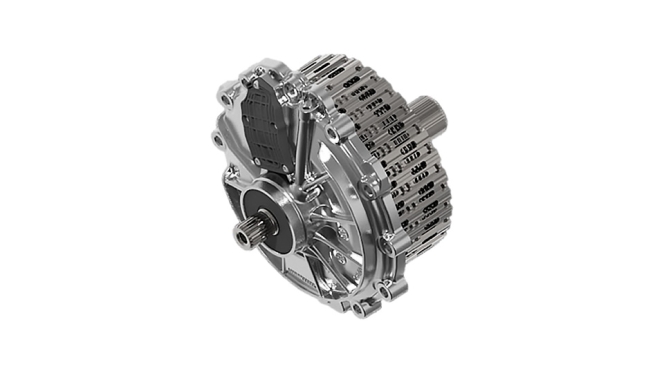
American tier 1 supplier BorgWarner has further strengthened its business with two new orders from a Chinese transmission manufacturer and an extension from a German OEM in China for its dual clutch modules used in dual clutch transmissions (DCT).
Isabelle McKenzie, Vice-President, BorgWarner, said, “Our success in securing new projects in the Chinese market underscores BorgWarner's commitment to delivering innovative solutions in the region. We are dedicated to helping our customers grow their business in China and succeed in international markets.”
The seven-year extension with a German OEM in China follows a decade of successful collaboration. Compared to conventional longitudinal wet DCTs, the clutch assembly produced in BorgWarner’s Tianjin facility provides superior performance by reducing rotational inertia and minimising friction losses and leakage. These not only reduces drag torque but enhances transmission efficiency and provides a smoother responsive driving experience.
The company’s new business for supplying DCT clutch to a Chinese transmission manufacturer, will see the product being used in Chinese OEM’s SUVs and sedans, which will be sold in China and export markets. The clutch module will be produced in BorgWarner’s Taicang facility, features multiple key advantages – a compact design, superior thermal robustness and outstanding cost-effectiveness. Mass production is scheduled to commence by the end of 2025.
Toyoda Gosei Commercialises Automotive Parts With Increased Recycled Rubber
- By MT Bureau
- December 26, 2025

Japanese automotive component supplier Toyoda Gosei Co, has launched automotive weatherstrips containing a higher percentage of recycled rubber. The components have been adopted for the Toyota Motor RAV4, with plans to expand the application of this technology to other models.
While recycling processes for steel and plastic are established, rubber has historically been incinerated for energy recovery due to the complexities of devulcanisation. This process uses heat and pressure to break the sulphur bonds that provide rubber with elasticity; however, it often weakens the material and creates odours.
Toyoda Gosei has modified its proprietary devulcanisation technology to improve the quality of regenerated rubber. These refinements have allowed the company to increase the recycled content in automotive parts from under 5 percent to 20 percent. The achievement received a Project Award from Toyota Motor.
The company is now working to apply these techniques to:
- Synthetic Rubber: Expanding use in products such as rubber hoses.
- Natural Rubber: Developing processes for materials used in higher volumes across the industry.
The company intends to collaborate with vehicle manufacturers to establish a system for collecting and regenerating rubber from end-of-life vehicles. This circular model aims to reduce carbon emissions and improve resource circulation within the automotive supply chain.
Toyoda Gosei stated that by leading rubber recycling efforts, it seeks to address long-standing industry challenges regarding waste management and material strength in recycled elastomers.
- Greenfuel Energy Solutions
- Lumax Auto Technologies
- LATL
- Maruti Suzuki India
- CNG
- WEH Gas Tech
- Deepak Jain
- Anmol Jain
- Akshay Kashyap
Greenfuel Energy Solutions Starts Ferrule-less Tube Production In Manesar
- By MT Bureau
- December 22, 2025
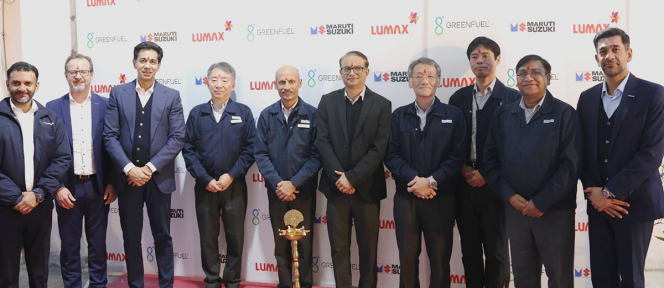
Greenfuel Energy Solutions, a subsidiary of Lumax Auto Technologies (LATL), has opened a manufacturing line for ferrule-less tubes and fittings at its Manesar facility. The line was inaugurated by the leadership team of Maruti Suzuki India.
The project involves an initial investment of INR 250 million, with a further INR 500 million planned over the next five years. The facility has the capacity to supply components for approximately 100,000 vehicles, with production ramping up in phases.
The facility localises the production of ferrule-less tubes and fittings for CNG vehicles, a technology that was previously imported. The solution uses torque-tightened assembly for mass production. Greenfuel developed the line in collaboration with its German partner, WEH Gas Tech, adapting the technology for Indian conditions.
Deepak Jain, Director, Lumax Auto Technologies, said, “The localisation of this technology reflects our strong commitment to the ‘Make in India’ agenda. By bringing critical manufacturing capabilities onshore, we are accelerating technology transfer, strengthening domestic supply chains, and enhancing India’s competitiveness in advanced automotive manufacturing.”
Anmol Jain, Managing Director, Lumax Auto Technologies, added, “This initiative lays the foundation for scalable and sustainable growth. It improves operational efficiencies, deepens collaboration with OEM partners, and enables faster validation cycles supporting the evolution of Indian manufacturing towards higher value-added capabilities.”
The transition to domestic manufacturing is intended to reduce reliance on global supply chains and eliminate costs associated with import duties and foreign-exchange exposure.
Akshay Kashyap, MD & CEO, Greenfuel Energy Solutions, said, “We are the first and only company in India to localise ferrule-less tubes and fittings along with the underlying manufacturing technology. This Make-in-India solution offers ease of installation, reduced labour costs, and enhanced safety for the automotive industry. We have already commenced supplies to a leading OEM and are witnessing strong interest from others.”
“This technology has been proven in Europe and used by an established German automotive brand for over seven years. We have successfully indigenised it in India in collaboration with our long-standing German partner, WEH Gas Tech, a relationship spanning nearly two decades. While the core line was sourced from Germany, it has been adapted and optimised for Indian operating conditions, combining global credibility with local engineering expertise,” added Kashyap.
In 2024, Lumax Auto Technologies Limited acquired a 60 percent stake in Greenfuel Energy Solutions’ alternate fuels business for INR 1.53 billion. The division reported revenues of INR 1.7 billion in the first half of the year and maintains an order book of approximately INR 2 billion. The expansion aligns with the industry-wide shift toward alternate-fuel platforms in India.
- Uno Minda
- ICSI National Awards
- The Institute of Company Secretaries of India
- Ministry of Corporate Affairs
- Dr Raj Bhushan Choudhary
- P T Usha
- D Y Chandrachud
- Tuhin Kanta Pandey
- Securities and Exchange Board of India
- SEBI
Uno Minda Receives ICSI National Award For Corporate Governance
- By MT Bureau
- December 22, 2025
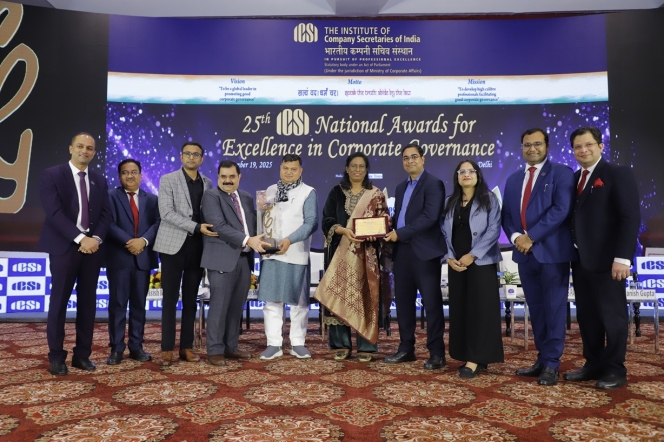
Tier 1 automotive component supplier Uno Minda has been named the ‘Best Governed Company’ at the 25th ICSI National Awards for Excellence in Corporate Governance. The company received the award in the Listed Segment (Medium Category) during a ceremony held on 19 December 2025.
The Institute of Company Secretaries of India (ICSI), a body under the Ministry of Corporate Affairs, recognised Uno Minda for its governance framework, Board structure and transparency. The evaluation also considered stakeholder value enhancement, CSR, and sustainability. The company treats governance as an enabler of growth and value creation.
The award was presented by Dr Raj Bhushan Choudhary, Minister of State for Jal Shakti, and P T Usha, Member of Parliament and President of the Indian Olympic Association.
The jury for the awards was chaired by Dr Justice D Y Chandrachud, former Chief Justice of India. Tuhin Kanta Pandey, Chairman of the Securities and Exchange Board of India (SEBI), attended the event as Guest of Honour.
This recognition follows other governance awards received by the company. Uno Minda was previously granted the ‘Amrop–ET India’s Best Board’ Award in 2021 for Board effectiveness and leadership. It also received the Golden Peacock Award for Excellence in Corporate Governance in 2020 from the Institute of Directors.
The ICSI National Awards are intended to promote governance standards that support the socio-economic objectives of the Government of India.
Honda Increases Stake In Astemo To Drive Software Development
- By MT Bureau
- December 17, 2025
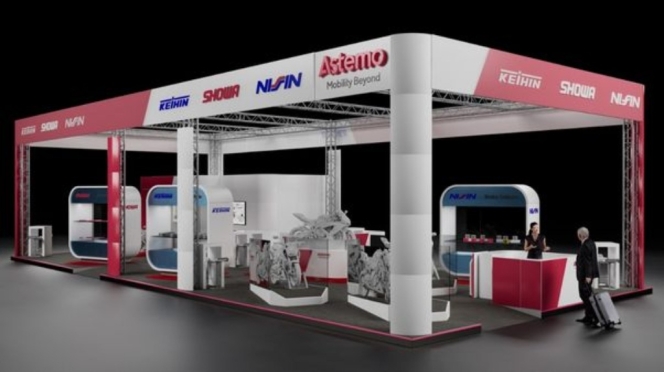
Honda Motor Co., and Hitachi have signed an agreement for Hitachi to transfer a portion of its common shares in automotive component supplier Astemo to Honda.
The transaction shifts the voting rights of the joint venture. Previously held at a 40–40 percent split between Honda and Hitachi, with 20 percent held by JICC-01, the new structure grants Honda a 61 percent majority stake. Hitachi’s share will decrease to 19 percent, while JICC-01 maintains its 20 percent holding.
The capital restructure aims to position Astemo as a provider of integrated vehicle systems for the Software Defined Vehicle (SDV) era. The company intends to integrate software and hardware across in-car domains and cloud engineering.
Under the new arrangement, Astemo will increase collaboration with Honda to utilise the automaker’s development expertise. Hitachi will continue to provide support focused on digital technology to assist in AI and software development.
The company confirmed its intent to pursue an Initial Public Offering (IPO) while focusing on the electrification of mobility and AI-driven intelligence.
"Under the new capital structure, Astemo will accelerate its efforts more than ever, aiming to become a company that leads the electrification of mobility and AI-driven intelligence in the SDV age. As a system solution provider that offers not just individual components but software-defined integrated vehicle systems, Astemo aims to be a leading company that drives electrification and AI-driven intelligence of mobility in the SDV age, challenging itself to achieve further growth," said Astemo in a statement.
At present, Astemo has over 80,000 employees globally and operates across the Americas, Asia, Europe and Japan, managing divisions for electrification, vehicles and motorcycles.



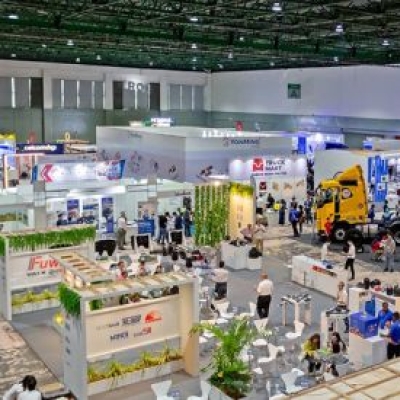


Comments (0)
ADD COMMENT